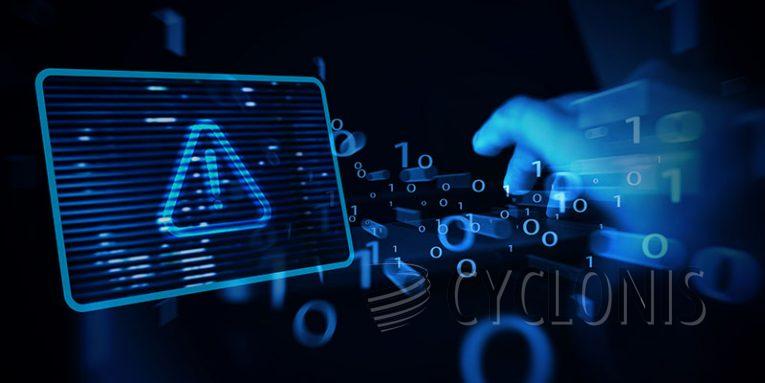Halo Ransomware Lists no Specific Ransom

Halo is a type of ransomware program with the purpose of encrypting data and requesting ransom payments in exchange for decryption. On our test system, Halo encrypted files and added a ".halo" extension to their filenames. To clarify, a file originally named "1.jpg" was transformed into "1.jpg.halo," "2.png" became "2.png.halo," and so on. Following this encryption, a ransom message labeled "!_INFO.txt" was generated.
The ransom note affirms that the locked files are encrypted, and it offers the victim a way to recover their data by making a ransom payment. The message cautions against shutting down the system, renaming files, attempting manual decryption, or using third-party recovery tools, as these actions may result in permanent data loss. Before complying with the demands of the cybercriminals, the victim has the option to test decryption on two files at no cost.
Halo Ransom Note in Full
The complete text of the Halo ransom note reads as follows:
WARNING! YOUR FILES ARE ENCRYPTED!
Don’t worry, your files are safe, provided that you are willing to pay the ransom.
Any forced shutdown or attempts to restore your files with the thrid-party software will be damage your files permanently!
Do not rename your files. It will damage it.The only way to decrypt your files safely is to buy the special decryption software from us.
Before paying you can send us up to 2 files for free decryption as guarantee. No database files for test.
Send pictures, text, doc files. (files no more than 1mb)You can contact us with the following email
360recover@gmail.com
360support@cock.liSend us this ID or this file in first email
ID: -
How Can You Protect Your Data from Ransomware Similar to Halo?
Protecting your data from ransomware, including variants like Halo, is crucial in safeguarding your personal or business information. Here are some effective steps to protect your data from ransomware attacks:
Backup Your Data Regularly:
Implement a robust backup strategy by regularly backing up your data to an external device or a secure cloud service.
Ensure backups are automated, and verify that they are functioning correctly by periodically restoring data.
Use Security Software:
Install reputable antivirus and anti-malware software to detect and block ransomware before it can infect your system.
Keep your security software and operating system up to date to protect against known vulnerabilities.
Beware of Suspicious Emails:
Be cautious when opening email attachments or clicking on links, especially if the email is unsolicited or appears suspicious.
Verify the sender's identity before downloading or opening attachments, and avoid enabling macros in email attachments.
Keep Software Updated:
Regularly update your operating system, software, and applications to patch security vulnerabilities.
Enable automatic updates whenever possible to stay protected against emerging threats.
Remember that no single measure can provide complete protection, but a combination of these strategies can significantly reduce your risk of falling victim to ransomware attacks like Halo. Regularly reviewing and updating your security measures is essential in the ever-evolving landscape of cyber threats.








